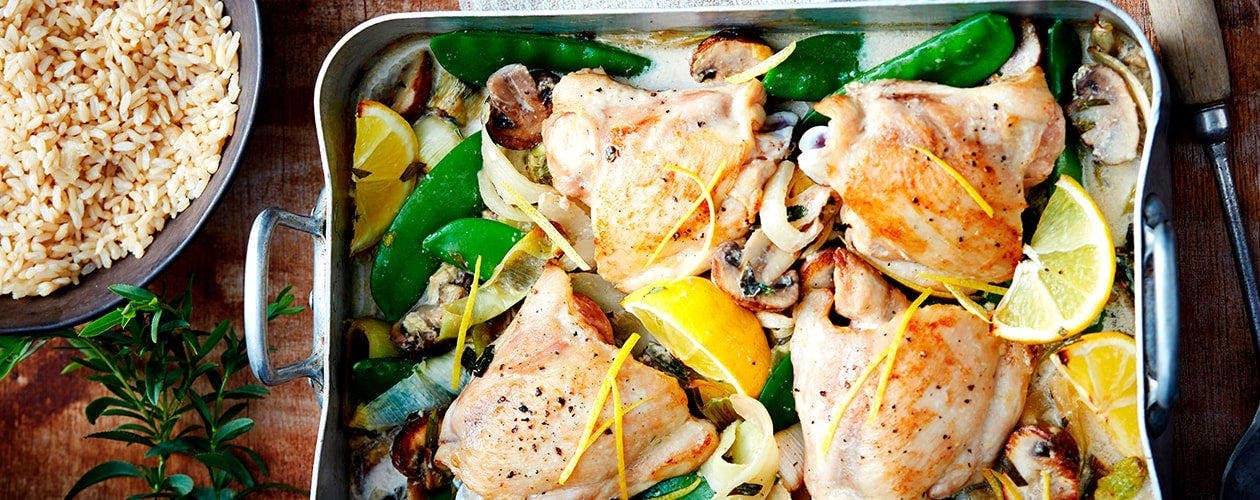What is gluten?
Gluten is a protein found in certain cereal grains including wheat, rye, barley, triticale, barley and oats, but it also sneaks into many foods, additives and ingredients made from these grains.
Cooking gluten-free
Plenty of ingredients like meat, seafood, vegetables, legumes and rice are naturally gluten-free. There are also many options for gluten-free products available supermarkets that are perfect for dinner. Products like pasta made from gluten-free flour, buckwheat, brown rice and even pulse (legumes) are a great pasta alternative, or experiment with your spiralizer to create nutritious noodles from vegetables like zucchinis, carrots or sweet potato.
It is always important to read all food labels of any packaged foods though when cooking gluten-free. Think carefully about the risk of cross-contamination (when a gluten-free ingredient comes in contact with traces of gluten), particularly for those with high sensitivities.One easy way to prevent this cross-contamination is to store gluten-free products and ingredients in separate sealed containers and clearly label all foods in the pantry, fridge and freezer once they have been removed from the original packaging.
Foods that potentially contain gluten used in main meals
When people think gluten they commonly refer to wheat, rye, oats and barley. However gluten can surprisingly be hidden in a variety of products. Below are a few sources of hidden gluten:
- Canned baked beans
- Condiments, sauces and gravies, including soy (many use wheat flour as a thickener)
- Imitation meat or seafood
- Processed luncheon meats
- Salad dressings
- Seasoned rice mixes
- Soups and soup bases
- Bread and croutons
- Breadcrumbs (including Panko)
- Flour tortillas
- Noodles (ramen, udon, soba and egg noodles) Note: rice and mung bean noodles are gluten-free
- Pasta
- Stuffings


